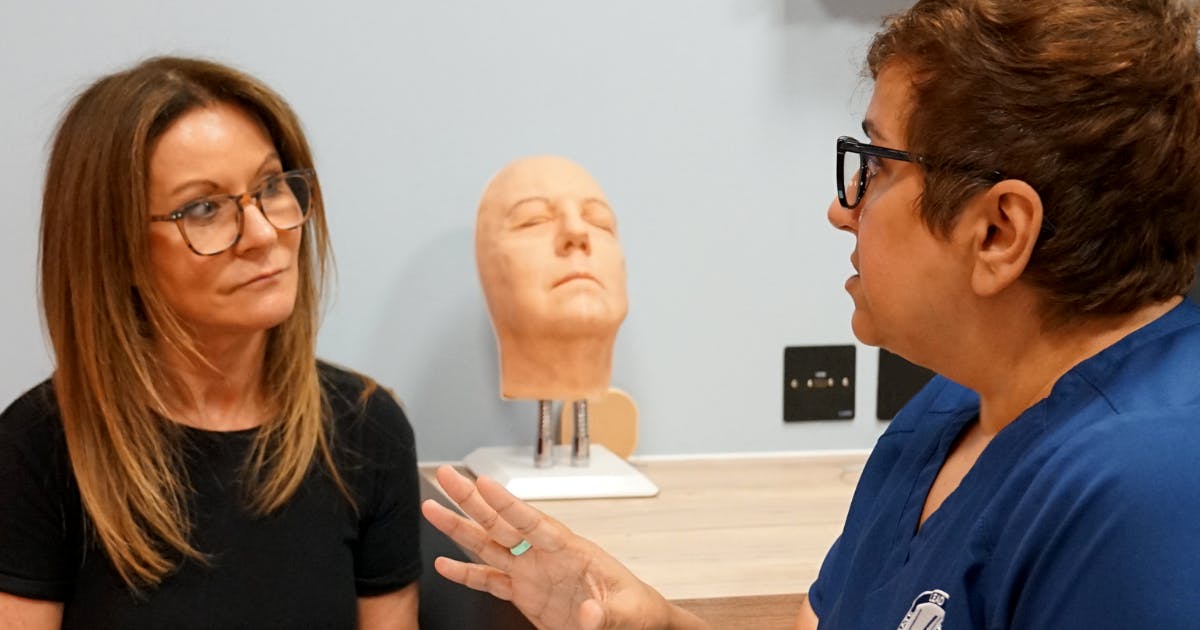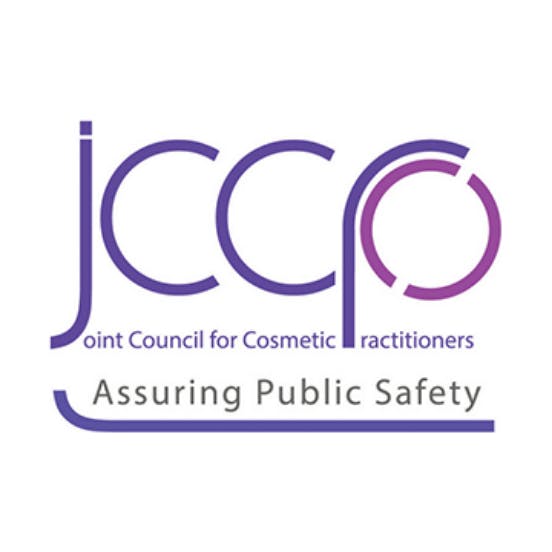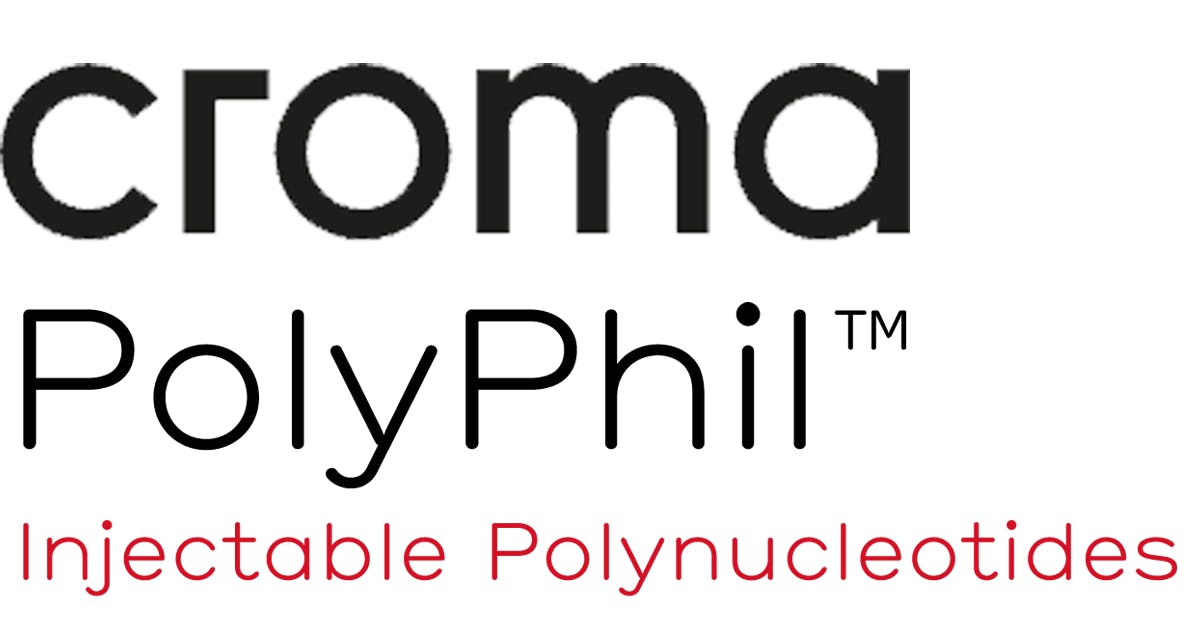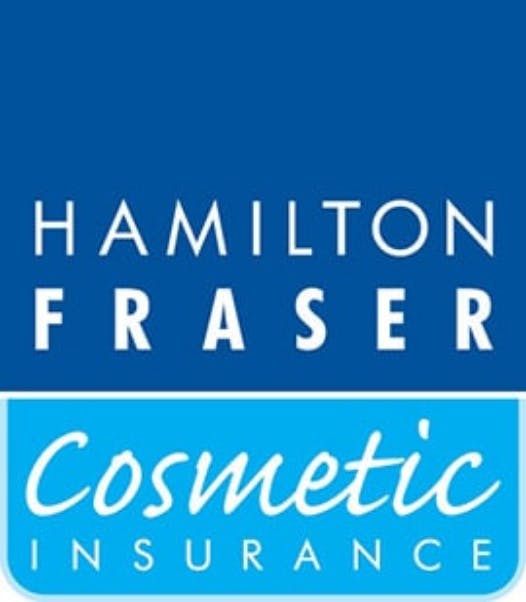Treating Filler Patients with Autoimmune Conditions

When they start seeing their own patients, new aesthetic practitioners often ask about treating filler patients with autoimmune conditions.
Is this possible? Which autoimmune conditions are contraindicated for filler treatments? What reactions should you look out for if you do treat? Are you covered by your insurance for this?
Here we take you through the most frequently asked questions on this subject…

Consulting patients with autoimmune conditions seeking filler treatments
In patients with an autoimmune condition, their immune system behaves in a more unpredictable way. They may have underlying immune activation, recent flares, immunosuppression or altered healing capacity.
This means that, when considering them for injectables, several issues arise. As a responsible and ethical aesthetic practitioner, you’ll need to be aware of and explore the following during a detailed clinical consultation.
You’ll also need to explain each aspect to your patient and ensure they understand so that, if you both decide to proceed with treatment, they can give informed consent.
For this reason, if you know you have an immunocompromised patient coming in to see you, you should allow for an extended consultation.
1. Potentially exaggerated immune responses
When treating filler patients with autoimmune disorders you must be aware of the possibility of an exaggerated local or systemic immune response. This reaction to the injected material can occur even if it’s inert.
For example, dermal fillers may trigger:
- Oedema
- Granuloma formation
- Delayed nodules
- Other immunologic reactions.
A 2023 review exploring hyaluronic acid (HA) based fillers in patients with autoimmune inflammatory diseases noted, “HA plays a central role in the inflammatory process … injected in the form of a dermal filler … could potentially promote re-activation of the underlying disease”.
2. Impact on healing response
Your patient may be undergoing immunosuppressive therapy, or have immune dysregulation. In either instance the usual healing response may be altered and risk of infection may be higher. The filler gel may also behave differently, for example it could degrade differently, and/or be more prone to inflammatory change.
3. Patient must not be placed at undue risk
From a clinical governance and duty-of-care perspective, you have to ensure that you’re not placing your patient at undue risk. As aesthetic treatments are elective, your threshold for caution must be higher when additional risk factors are present.
If you’re unsure as to whether treatment is appropriate, always delay treatment until you can take advice. Alternatively, you can refuse treatment but may wish to refer them to a more experienced colleague.
4. Ensure your patient is aware of the risks
Managing expectations can be more challenging in these situations. Patients may assume that “it’s just filler” and low risk, but when consulting this cohort, you should always explain that the baseline risk is different.
As injectable treatments grow in popularity and more patients with complex medical backgrounds seek them, aesthetic practitioners must be aware of the evidence, or lack thereof, for the treatments they offer.
You should always practice safe patient selection, identifying any red flags including medical risks, and evaluate based on your findings.
Whilst autoimmune conditions don’t automatically rule patients out of treatment, they do elevate the level of caution required. They require a more detailed history, more discussion of risk, perhaps involvement of the patient’s medical specialist and more rigorous documentation, including full, informed consent.
Which autoimmune conditions are contraindicated for filler treatment?
There’s no single universal guideline that rules out any particular autoimmune condition for filler treatment, but a number of sources identify scenarios where fillers are either contraindicated or at least strongly cautioned against.
It’s imperative that every case is assessed individually.
1. Patients with an active flare of their autoimmune condition
If the patient is in an active flare of their autoimmune disease, elective filler treatment is contraindicated. Examples include:
- Active systemic lupus erythematosus (SLE) with organ involvement
- An active flare of rheumatoid arthritis
- Other uncontrolled disease.
Although no causal link between filler use and many autoimmune diseases has not been established, avoidance during an unstable period is widely advised.
2. Where there is active skin, vascular or HA involvement
Where your patient’s autoimmune condition involves active skin, vascular or hyaluronic acid‐related inflammatory involvement, injecting filler into or near compromised tissues carries a higher risk. Examples include scleroderma skin changes, and active dermatomyositis.
The 2023 review we mentioned above notes particular controversy around SLE and scleroderma.
3. Immunosuppression that raises infection risks
Filler treatment may be delayed or contraindicated if your patient is immunosuppressed to a degree that raises the infection risk. For example in cases of:
- High dose steroids
- Recent biologic therapy
- Neutropenia.
Although classic references don’t list all autoimmune scenarios as contraindications, manufacturer guidance often lists autoimmune disease under the “avoid” heading. Always check your product-specific information.
4. Avoid these types of filler for patients with autoimmune disorders
Certain filler types may have a higher risk of inflammatory or granulomatous reaction in patients with immune dysregulation. These include:
- Semi-permanent fillers
- Permanent fillers
- Collagen stimulators or biostimulatory fillers.
Biostimulators may trigger a more complex tissue response than HA-based fillers. A 2010 review indicated that “immunosuppression has not been found to increase the risk of complications linked to the use of fillers other than poly-L-lactic acid.” However, aesthetic medicine moves fast so information from 2010 may now be outdated.
Essentially, you need to consider:
- If the disease is stable
- Whether the immune system is active/inactive
- Therapies is the patient undergoing
- History of flares.
The literature in this area remains limited, so many of these decisions are based on best judgement rather than high‐quality RCTs.

Autoimmune disorders with a potentially lower risk for filler treatment
Many patients with stable autoimmune thyroid disease, such as Hashimoto’s thyroiditis or Graves’ disease, who are well treated may be less of a concern for filler.
A 2024 literature review focusing on autoimmune endocrinopathies identified Hashimoto’s as a frequent underlying condition. It suggests that risk is higher, but also that, when well controlled, treatment might still be feasible.
Patients with mild, stable Rheumatoid arthritis or SLE in long-remission may also be suitable candidates. An in-depth medical history and clinical discussion, considering advice from your patient’s health advisors where appropriate, is required on a case-by-case basis to aid your decision making.
When could filler treatment be safe for a patient with an autoimmune condition?
There are scenarios whereby filler treatment may be considered appropriate for a patient with an autoimmune condition, provided specific conditions are met.
If you do decide to proceed with treatment, with informed consent, ensure you’re using an appropriate product with excellent, evidence-based technique to minimise tissue trauma. Additionally, ensure you are especially vigilant about non-touch aseptic technique and infection prevention measures.
Criteria that increase the likelihood of safe treatment are as follows.
1. Autoimmune disease is well-controlled
Where your patient has had no recent flares, is having stable therapy, and the treating physician or other medical specialist confirms stability, filler treatment may be permissable. This is because the risk of reactions and complications are lowered.
2. Clear, stable medical history
If your patent is not in a pro-inflammatory state and has a clear medical history, they are more likely to be suitable for filler. This includes having no:
- Recent changes in medication
- Active infection
- Recent immunoglobulin therapy or steroid therapy.
3. Healthy treatment area
The anatomical area to be treated is suitable. This means there should be healthy skin and soft tissues and no active inflammation or compromised vascular supply.
4. Psychologically suitable
Whilst so much focus is on medical suitability, don’t forget to determine psychological appropriateness, too. Your patient must have realistic expectations and be fully consented about the extra risks. They should agree to potential longer follow-up, and understand the possibility of needing earlier dissolution or management of complications. This is in addition to all standard psychological screening, such as relating to body image.
5. You consider the benefits outweigh the risks
Treatment may be considered appropriate where, after reflecting on and documenting the relevant medical and psychological factors, you feel that the benefits outweigh the risks. These benefits may be aesthetic or functional.
If you do decide to go ahead, it’s good practice to liaise with the patient’s autoimmune disease specialist - rheumatologist or endocrinologist - if required, and to consider additional monitoring. After all, a ‘lower risk’ is still a risk.
Insurance concerns to be mindful of
Aesthetic practitioners must always be mindful of your indemnity cover. Treating patients with autoimmune conditions adds complexity and risk clinically as well as from a medicolegal and insurance perspective. A well-documented, cautious approach is essential.
- Many insurers will require you to document enhanced risk, specialist liaison, and full informed consent when treating higher-risk patients
- Ensure you have adequate documentation: Medical history, specialist correspondence, consent forms, and follow-up plan. If you are audited or if a claim arises, your documentation is key
- Explain limitations of treatment to your patient and ensure they understand the elevated risk. If you fail to do so, and a complication arises in a patient with autoimmune disease, you may face increased legal risk
- Maintain referral protocols and emergency response procedures. If a complication occurs, you should have a pathway and your insurer will expect you to have followed best practices
- Consider whether your insurer places exclusion clauses for certain patient groups or conditions. Always check that treating a patient with autoimmune disease does not fall outside your coverage
- It may be prudent to inform your insurer in advance if you plan to treat higher-risk patients, or verify that such treatment does not invalidate your cover
- Ensure you practise in accordance with professional standards. Failure to comply with accepted standards increases the chance of insurer challenge.
If in doubt, always check with your insurer and take their counsel before consulting or treating the patient.
7 Steps for deferring treatment
When in doubt, the safest and most ethical approach is to defer treatment until you’re confident in your decision. This could be to proceed with treatment, to refer on to a colleague or to refuse treatment. Here are the steps:
- Pause rather than proceed. It’s better to wait an extra few weeks, or even months, than risk an adverse outcome
- Ask for specialist input. For example, ask your patient’s consultant for written confirmation that their autoimmune disease is stable and get their thoughts on whether the relevant filler treatment is acceptable
- Conduct additional baseline assessments or investigations if appropriate, such as inflammatory markers or immune profile
- Document your concerns and your decision-making process in their patient record. Explain to your patient clearly that you’re doing this for safety, and that you’ll reassess once certain criteria are met
- If the patient becomes frustrated, ensure you maintain professionalism and clearly explain the reasoning and the evidence gap. Avoid making promises
- Ensure you keep up-to-date with evidence and your insurance provider’s guidance on such cases
- Only proceed if and when you’re satisfied that the risk has reduced to an acceptable level and the patient is fully informed. Always allow a cooling-off period between consultation and treatment before proceeding.
These steps form a useful protocol in any instances where you’re unsure about proceeding with treatment, not just for patients with autoimmune conditions. We hope you find them - and this article - useful.
All information correct at time of publication
Download our full prospectus
Browse all our injectables, dermal fillers and cosmetic dermatology courses in one document
By submitting this form, you agree to receive marketing about our products, events, promotions and exclusive content. Consent is not a condition of purchase, and no purchase is necessary. Message frequency varies. View our Privacy Policy and Terms & Conditions
Attend our FREE open evening
If you're not sure which course is right for you, let us help
Join us online or in-person at our free open evening to learn more
Our Partners












STAY INFORMED
Sign up to receive industry news, careers advice, special offers and information on Harley Academy courses and services



